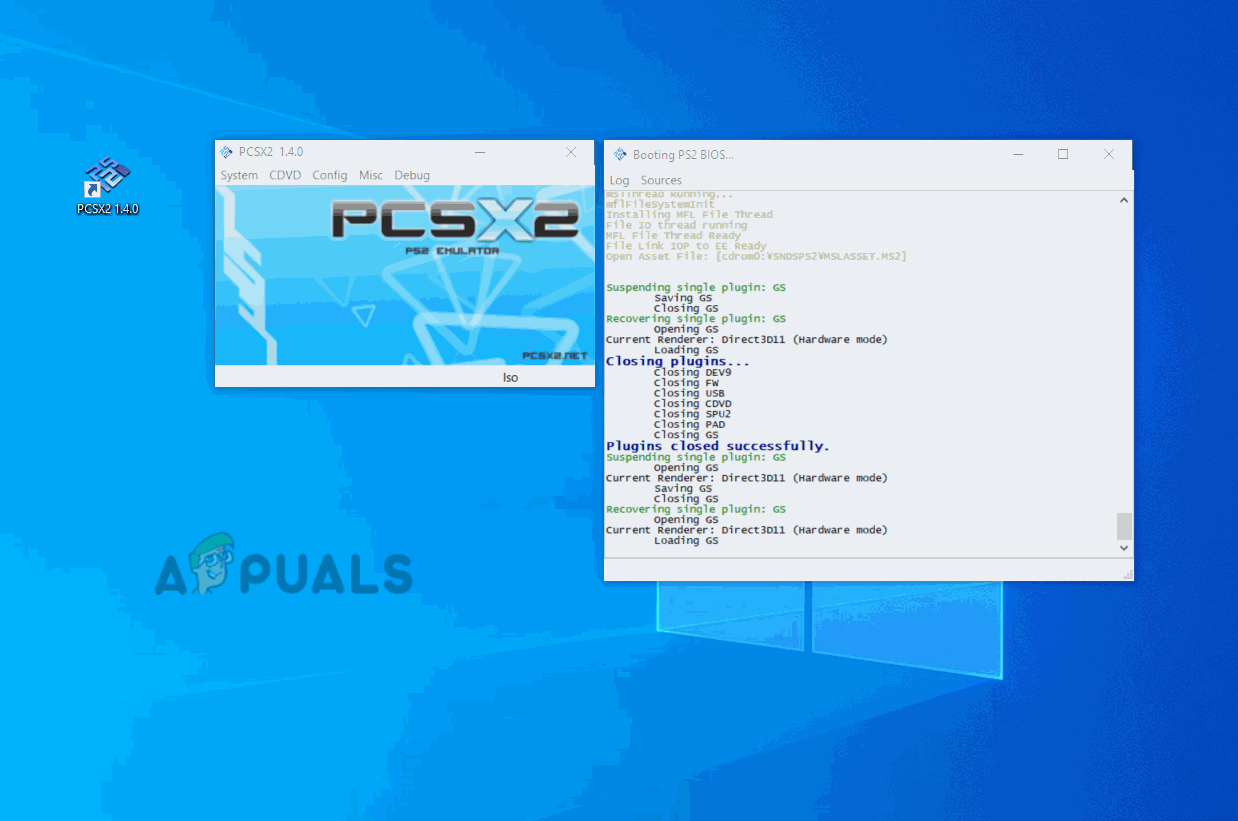How to Fix CDVD READ ERROR in PCSX2 Emulator
CDVD READ ERROR usually appears when you try to start a game in PCSX2, but the game does not load and the screen stays black.This error means the emulator cannot read or open the game file or the plugin is not working right, so the game will not start.
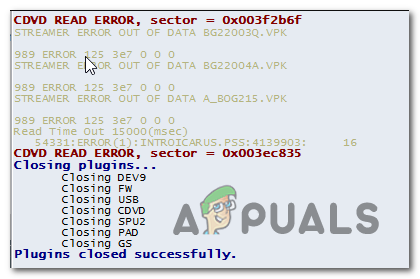
The most common cause is a broken or bad ISO game file. Other reasons can be wrong CDVD plugin settings or the game file not being loaded properly.
1. Install Version 1.4 of PCSX2
In most cases, the issue occurs when users try to play a PAL version (made for Europe) of a game. Remember, older versions of PCSX2 focused mainly on NTSC games, which might cause this error when you play PAL ISOs.
If this fits your situation, you should fix the problem by uninstalling your current version and installing version 1.4 from the official website. Many users have confirmed that doing this allowed them to play their favorite PS2 games without running into the Black Screen Error (CDVD READ ERROR).
- Press Windows key + R to open up the Run dialog box. Then, type ‘appwiz.cpl’ and press Enter to open the Programs and Features menu.

Typing in “appwiz.cpl” in the Run prompt - In the Programs and Features window, scroll down to find your PCSX2 installation. Right-click on it and choose Uninstall.
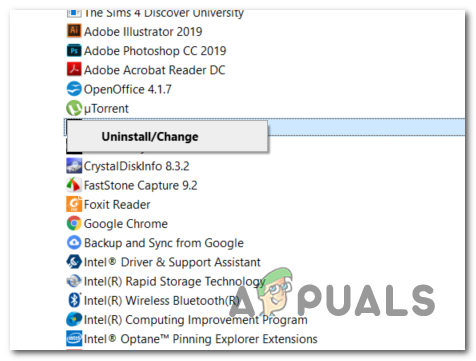
Uninstalling the old version of PCSX2 - Follow the on-screen instructions to complete the uninstallation process. When finished, restart your computer.
- Once your computer starts up, go to this link (here), find the Files section, and click the Download button next to PCSX2 1.4.0 Standalone Installer.

Downloading the standalone installer of PCSX2 1.4 - After the download finishes, open the installer and follow the prompts to install PCSX2 1.4.
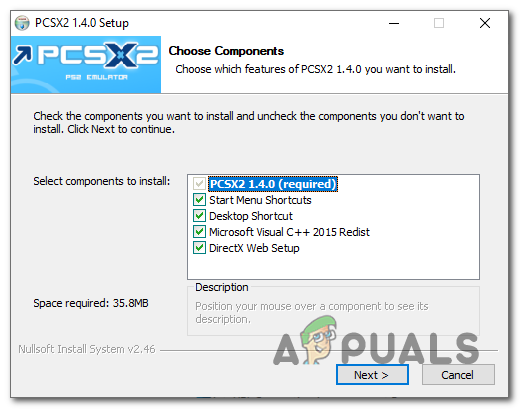
Installing the latest version of PCSX2 - If prompted, install the missing DirectX Runtime components.
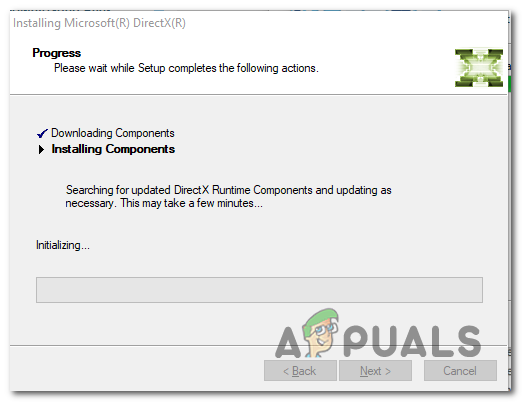
Installing the latest version of DirectX - Once this is done, close the installer and restart your computer again.
- Now, open the new version of PCSX2, load the game image that was causing the Black Screen Error (CDVD READ ERROR) and check if it works correctly.
2. Use Direct3D9 (Hardware) Renderer
If your computer uses an AMD processor, PCSX2 might select a video renderer that prevents certain games from running properly. This happens because the emulator tries to find the best renderer based on your hardware, but it’s not always accurate with AMD CPUs.
While everything usually works fine with Intel processors, users with AMD processors may find that PCSX2 sets the renderer to OpenGL (Software), which can cause issues with some games.
Many users have resolved the issue by changing the renderer in the Video GS Plugin settings.
- Open your PCSX2 emulator and load your PS2 BIOS when asked.
- When the main program window appears, go to Config > Video (GS) > Plugin Settings using the top navigation bar.
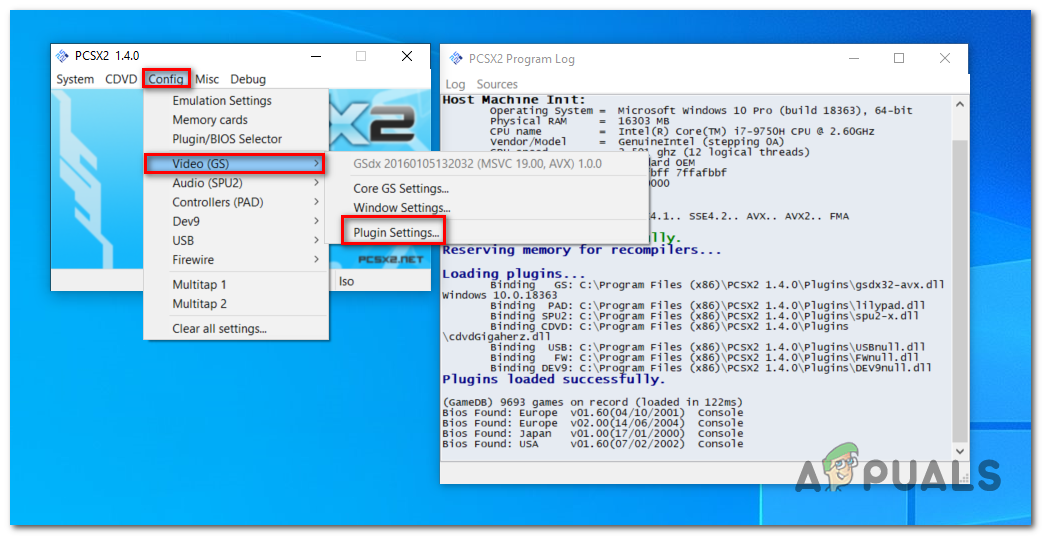
Adjusting the Plugin Settings - In the GSdx Settings menu, click the dropdown next to Renderer and select Direct3D9 (Hardware). Then click Ok to save.
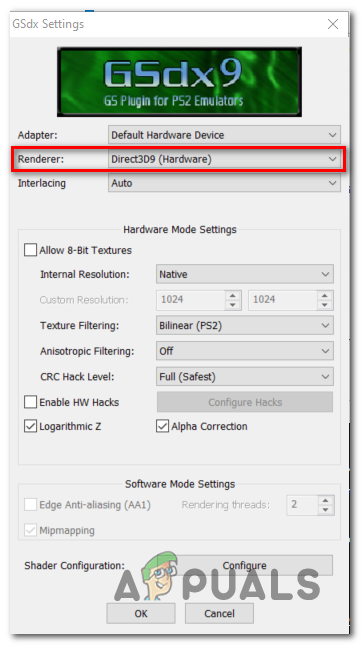
Set the default renderer Note: If it’s already set to Direct3D9 (Hardware), try changing it to Direct3D9 (Software) and see if that works.
- Before starting the game again, completely close PCSX2 and open it once more. The program needs a restart for your changes to take effect.
- Now, try launching the game that was showing the Black Screen Error (CDVD READ ERROR) and see if the issue is resolved.
3. Create an ISO of the Game DVD
For certain PlayStation 2 games, the Black Screen Error (CDVD READ ERROR) will appear because PCSX2 can’t always play games directly from a DVD drive. To get around this, you’ll need to create an ISO file from your game disc using ImgBurn or a similar tool and then load that ISO into PCSX2.
It might sound a bit technical, but many users have found this to be the solution that finally worked for them.
- Open your web browser and head to this link here.

Downloading the latest version of ImgBurn - Download the installer, run it, and follow the instructions to install ImgBurn on your computer.
- After installation is complete, restart your computer.
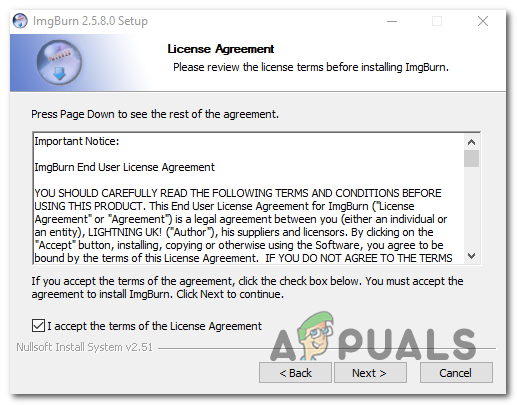
Installing ImgBurn - Open ImgBurn and select Create Image from Disc from the main menu.
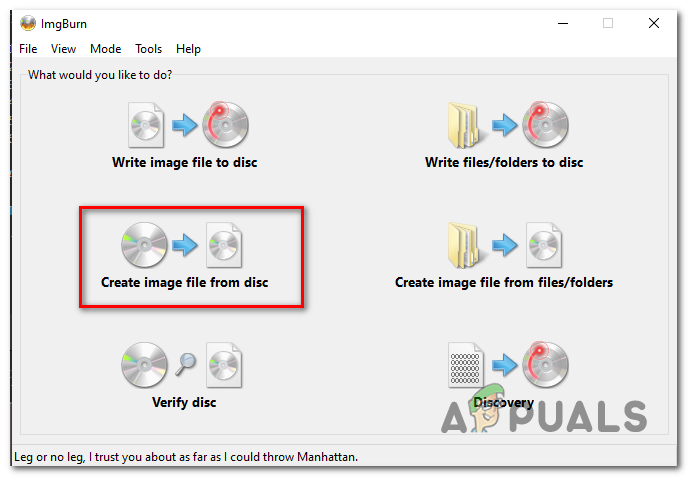
Creating an image from disk - Choose where you want to save the ISO file on your computer, then click the icon below to begin creating the ISO.
- Wait for the process to finish. Next, open PCSX2, click CDVD in the top menu, and choose ISO from the options.
- Go to CDVD > ISO Selector > Browse. Find and select the ISO file you just created to load it into PCSX2.
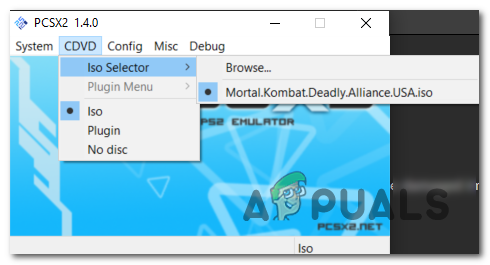
Browsing for the correct ISO file - Once your ISO is loaded, go to the System menu and click Boot CDVD.
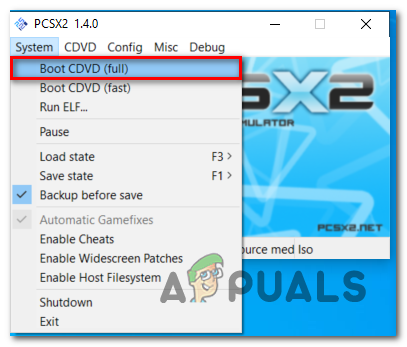
Booting the game using the BootCDVD function - If everything is set up correctly, your game should start without any issues.
4. Change the GSDX Renderer to DirectX11
If your computer uses a newer dedicated graphics card, PCSX2 might default to a renderer that causes this error. To fix this, you need to change the renderer to Direct3D11 (Hardware) in the GSdx Settings.
Many users with modern graphics cards found that this was the step that finally allowed their PS2 games to play without running into the black screen issue.
Note: This method only works if you have a graphics card that actually supports DirectX11. If you have an integrated or older GPU without DirectX11 support, using this renderer may cause a different error.
- Open your PCSX2 emulator and click on Config at the top.
- Select Video (GS), then click on Plugin Settings.
- In the GSdx Settings window, choose Direct3D11 (Hardware) from the list under Renderer.
- Click Ok to save, then close PCSX2 completely before opening it and running your game again.
- Now your game should launch without showing the Black Screen Error (CDVD READ ERROR).
